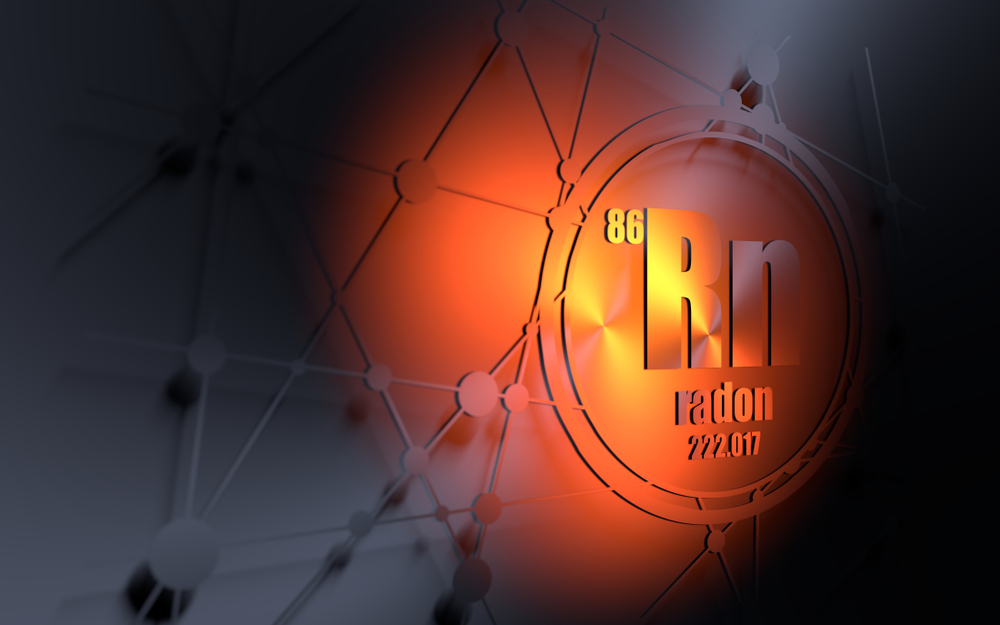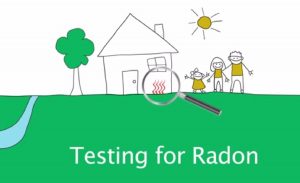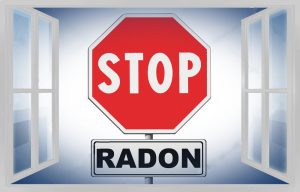Setting up and making the radon mitigation system work can seem challenging for most people. But it’s worth it. You can protect your loved ones from elevated radon levels. And you don’t have to be constantly testing for radon throughout the year.
However, just because you have the system installed does not mean that you can relax completely. There are still many external elements at play that can damage the system. You cannot say for certain that the installation went smoothly with no existing problems with the equipment or setup. This is why it is always recommended to set up service calls at least once a year. This way your radon mitigation system can be upgraded or fixed where necessary.
When should you check the radon mitigation system?
To give yourself peace of mind while living at home, test your home at least once a year to ensure that radon levels aren’t rising. If it is, then there is probably something wrong with your radon mitigation device. You may want to make it a routine practice when carrying out home maintenance work.
This test should be done every year without fail. There are some instances where you should probably get the radon levels and mitigation system tested as soon as possible. They include:
Moving to lower floors/rooms
Radon is a dense gas. So when it is present in the environment, you’ll usually find that it is closer to the floor. For a typical highly exposed home, lower floors like the basement are always the most dangerous to be living in. This is because most of the gas will settle there. Though a radon mitigation system can remove up to 99% of radon from a house, it cannot eliminate it completely. So, any radon remaining may have sunk and accumulated at the lowest areas of the house.
If you’re planning on moving to a lower floor or allowing someone else to occupy these rooms? Test for radon beforehand. If there are elevated levels, you should get a radon inspector to recheck the mitigation system. Measures should also be taken to pump out any remaining radon from the lowest levels.
Making renovations around the house
When setting up the radon mitigation system, the whole device can run through multiple areas of the house. As such, you have to be careful about making any structural or foundational changes to the house. You could potentially be affecting the performance of the system or even break it by accident. Especially if these changes were made to the basement or roof, you should probably set up a call with the radon company for a checkup.
If the renovations are happening on the upper floors then it is likely safe. Or if they are small upgrades such as painting the walls, then it’s doubtful that there will be any damage to the system. However, it is still better to be safe than unknowingly allow radon levels to rise again.
Weather and climate changes in your areas
Radon is released into the air through the ground. However, the amount released from the ground will depend on a variety of factors. The hardness of the soil, availability of metals, wind, etc. For every season, the amount of radon being released can differ. For example, in the winter when snow and ice cover the ground, it creates a barrier that traps a lot of the gas underground. Once it thaws into the next season, all this gas would be released.
Radon mitigation systems are usually manufactured to weather these external conditions. They should also account for varying radon levels, but damages can still occur. If your home is prone to varying or extreme weather conditions, check the system more often than once a year.
The Radon Awareness Month
The US Environmental Protection Agency (EPA) has designated January to be the month for promoting Radon awareness. This is done to remind people about the real dangers of radon. It also helps spread the word so more people could be protected.
This makes January the perfect time to get your radon mitigation system checked every year. You will get a reminder at the start of the year. By that time, many seasons will have passed – which can potentially damage the system.
Radon can have deadly consequences if left unattended, and it can affect both humans and animals. You might want to spend a little more money and time to ensure that your home is safe to live in. To schedule a radon inspection, system installation, or servicing, use a trusted service like Atlantic Radon. This will ensure that you are always fully protected and at an affordable rate.




